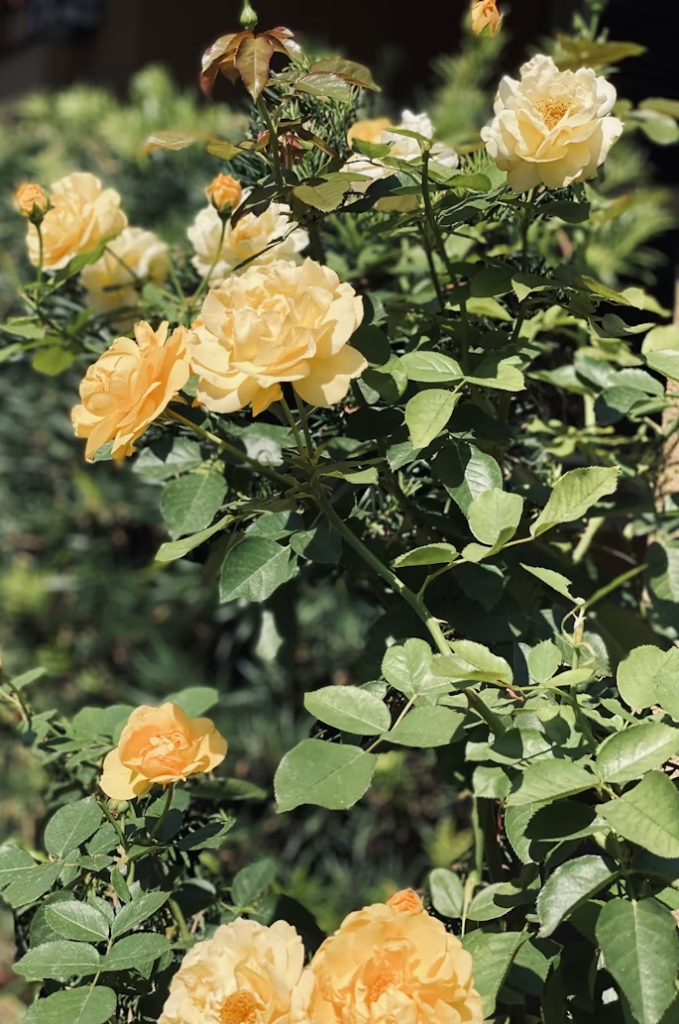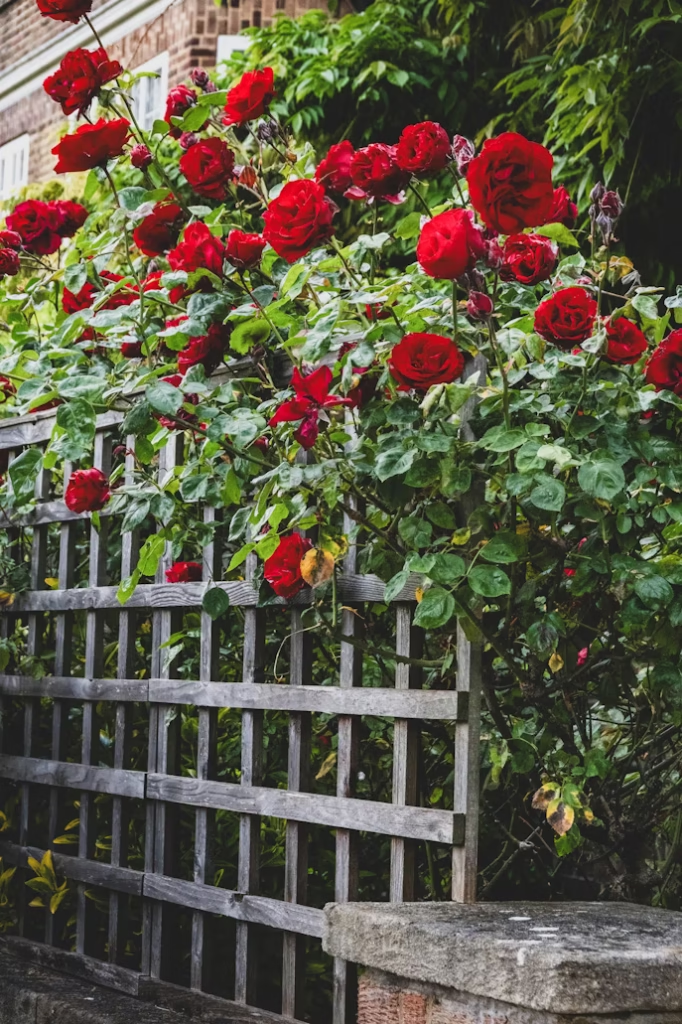
Roses bring timeless beauty and fragrance to any garden, and learning how to propagate them from cuttings can be both rewarding and cost-effective. Instead of buying new plants, you can grow new rose bushes from your favorite existing ones. This method is especially useful if you want to preserve heirloom roses or share them with friends. With the right technique, materials, and care, you can turn a single rose cutting into a healthy, blooming plant.
When to Take Rose Cuttings
The best time to take rose cuttings is during late spring through early summer. This is when rose stems are actively growing but not yet woody. These softwood or semi-hardwood cuttings root more easily than fully mature stems. You can also take hardwood cuttings in late fall or winter after the plant goes dormant, though this method takes longer to root.
For best results, choose a cool morning to take your cuttings. This helps preserve moisture and reduces stress on the plant. Avoid taking cuttings during extremely hot or dry conditions.
Choosing the Right Stem
Selecting the right stem plays a key role in your success. Look for a healthy, non-blooming stem that is about the width of a pencil and has at least four to six leaf nodes. A fresh stem that has recently flowered and dropped its petals also works well. Avoid stems with disease spots, insect damage, or signs of weakness.
Use clean, sharp pruners to snip the cutting. Sterilize your cutting tool beforehand using rubbing alcohol or a diluted bleach solution. This prevents the spread of disease and gives your cutting the best chance to thrive.
How to Prepare the Cutting
Once you’ve selected a healthy stem, trim it to a length of about 6 to 8 inches. Make the cut just below a leaf node, which is where new roots will emerge. Remove the lower leaves and any flowers or buds to help the plant focus on root development. Leave one or two leaflets at the top to support photosynthesis.
To encourage faster rooting, you can lightly scrape the bottom inch of the stem with a clean knife to expose the green cambium layer. This step increases the surface area for root formation. Next, dip the bottom end of the cutting into rooting hormone powder or gel. This isn’t required, but it can significantly improve your chances of success.
Choosing the Right Soil and Pot
Rose cuttings root best in a light, well-draining mix. Use a combination of one part perlite and one part peat moss, or use a commercial seed-starting mix. Avoid heavy potting soil or garden soil, which can retain too much water and cause the cutting to rot.
Choose a small pot, preferably 4 to 6 inches wide, with drainage holes. You can also root cuttings directly in the garden if temperatures are mild and the area stays consistently moist. Fill the container with moist rooting mix and poke a hole in the center using a pencil or stick. Insert the cutting about halfway into the soil, pressing the soil gently around it for support.
Covering the Cutting for Humidity
Roses need consistent moisture and humidity to develop roots. To create a mini greenhouse effect, cover the cutting with a clear plastic bag, cloche, or even a plastic bottle with the bottom cut off. Make sure the plastic doesn’t touch the leaves. You can use sticks or skewers to hold the cover above the cutting.
Place the pot in a bright, indirect light location. Avoid direct sunlight, which can overheat the cutting and dry it out. Check the soil daily and keep it evenly moist but not soggy. If condensation disappears inside the bag, mist the cutting lightly and reseal the cover.
How Long Do Rose Cuttings Take to Root?
Rose cuttings typically take two to four weeks to root, depending on the temperature and variety. Warmer conditions around 70°F to 75°F help speed up the process. During this time, you should resist the urge to pull on the cutting to check for roots.
Instead, gently tug after three weeks. If you feel resistance, roots are forming. Once roots are about an inch long, you can begin acclimating the cutting by removing the cover for a few hours each day. Gradually increase the time until the cutting can stay uncovered without wilting.
Transplanting Rooted Cuttings
After your cutting has established a healthy root system, it’s time to transplant it into a larger pot or directly into the garden. Choose a pot at least 8 to 10 inches wide with quality potting soil. If planting in the garden, choose a sunny spot with well-draining soil.
Gently remove the cutting from the original pot, being careful not to disturb the roots. Place it in the new container or garden hole at the same depth it was growing in the smaller pot. Water thoroughly to settle the soil around the roots.
Continue to keep the soil evenly moist as the plant adjusts to its new environment. Avoid fertilizing right away—wait about four weeks to allow the roots to become stronger.
Caring for Young Rose Plants
Newly rooted roses need gentle care to ensure they thrive. Keep them in a sheltered location with partial sunlight for the first couple of weeks after transplanting. Once the plant begins putting out new growth, you can move it into full sun.
Water regularly but do not let the soil stay soggy. Mulch around the base of the plant to help retain moisture and suppress weeds. After the first month, feed with a balanced, water-soluble fertilizer to encourage strong growth and flower production.
Protect young roses from pests like aphids, spider mites, and black spot. Use neem oil or insecticidal soap if needed. Regularly inspect leaves and stems to catch any issues early.
Best Types of Roses for Propagation
While many rose varieties can be propagated from cuttings, some types root more easily than others. Shrub roses, climbing roses, and old-fashioned heirloom roses tend to root successfully. Hybrid teas and grafted roses may be more difficult and may not produce a strong plant from a cutting.
Stick with healthy, non-patented varieties to stay within legal and ethical boundaries. Patented roses are protected by plant breeders’ rights and should not be propagated without permission.
Common Problems and Solutions
If your rose cuttings are not rooting, check the following:
- Too much water: Overwatering leads to rot. Use a well-draining mix and water only when the top feels dry.
- Too little humidity: A lack of humidity prevents rooting. Keep the cover in place until roots form.
- Cuttings are too old or too soft: Use stems that are firm and healthy. Avoid ones that are too woody or floppy.
- Inadequate light: Bright, indirect light is best. Avoid placing cuttings in dark or overly sunny spots.
If a cutting fails, don’t give up. Try taking several cuttings at once to improve your odds of success.
Final Thoughts
Propagating roses from cuttings is an easy, affordable way to grow new plants and preserve your favorite varieties. With a few basic tools, the right technique, and consistent care, you can enjoy beautiful roses that you’ve grown yourself from start to finish. Whether you’re expanding your rose garden or sharing plants with friends, propagating from cuttings is a gardening skill worth mastering.
By following these simple steps and staying patient, you’ll soon enjoy the reward of watching your cuttings grow into healthy, blooming roses.
Please be sure to check out my Gardening Blog Post Page for more tips on all types of gardening. Including Seed Saving, Seed Starting, Orchids, Water Gardening, Coldframe Gardening, Indoor Bulb Gardening, Hydroponics, Container Gardening, Mums, Herbs, African Violets, planting Bulbs, Flower Gardening, Vegetable and Fruit Gardening, Indoor Houseplants of all kinds, Bonsai, Cactus, Succulents, Hanging plants, Deer resistant plants and even Bird, Bee, Butterfly and Hummingbird Gardens!

